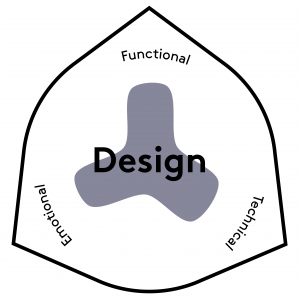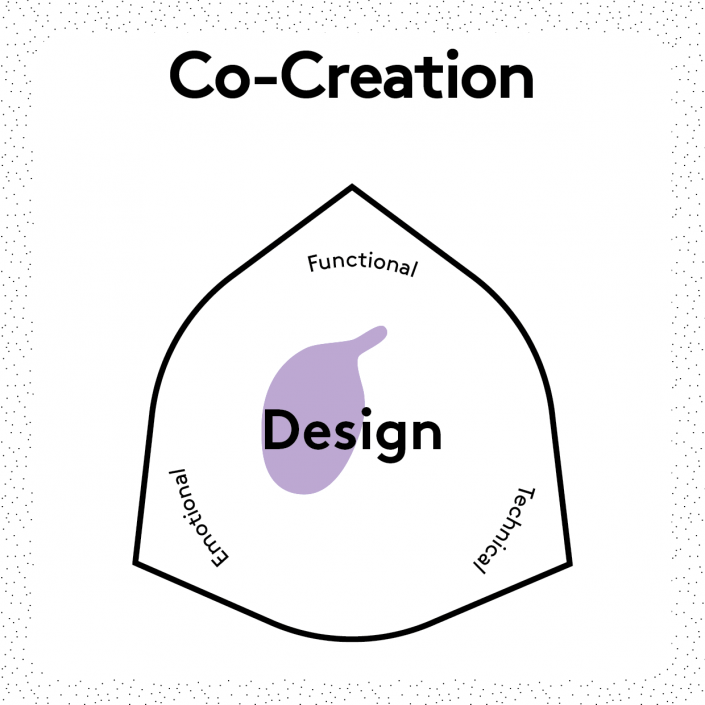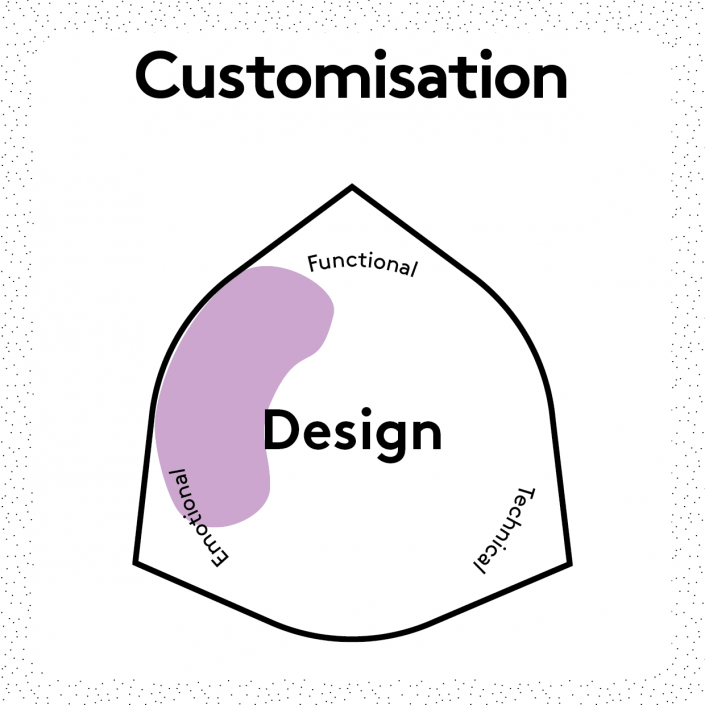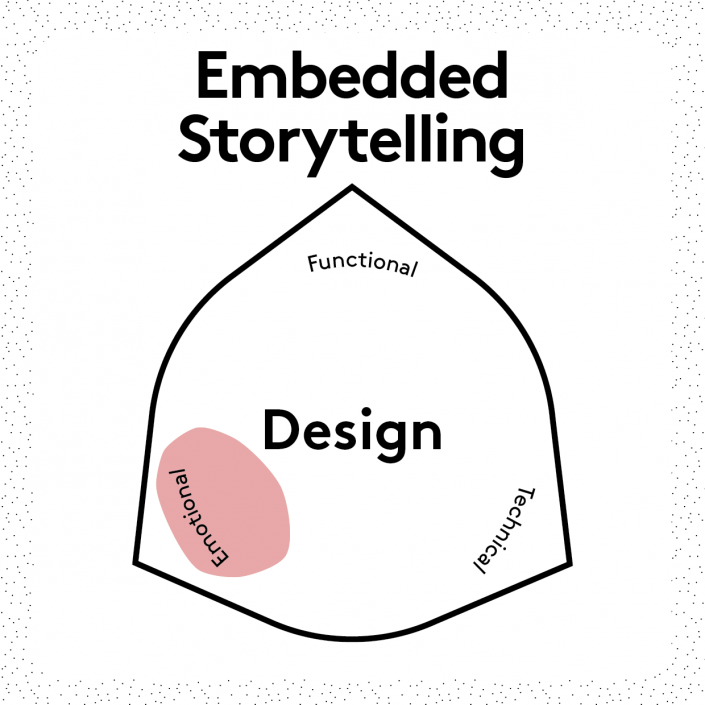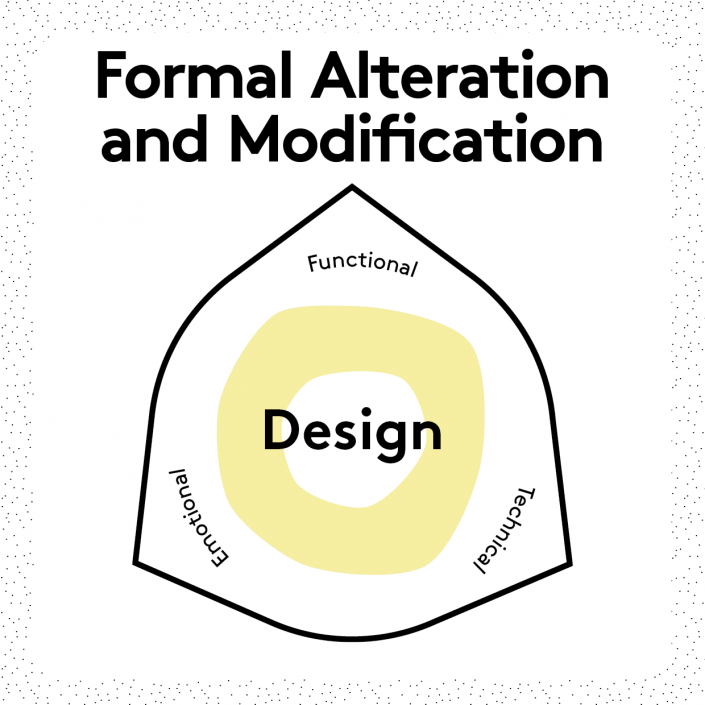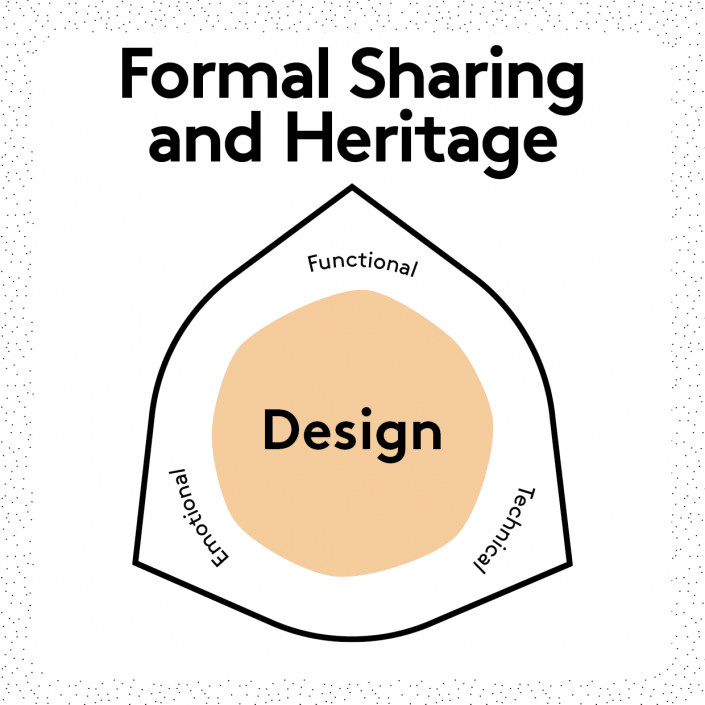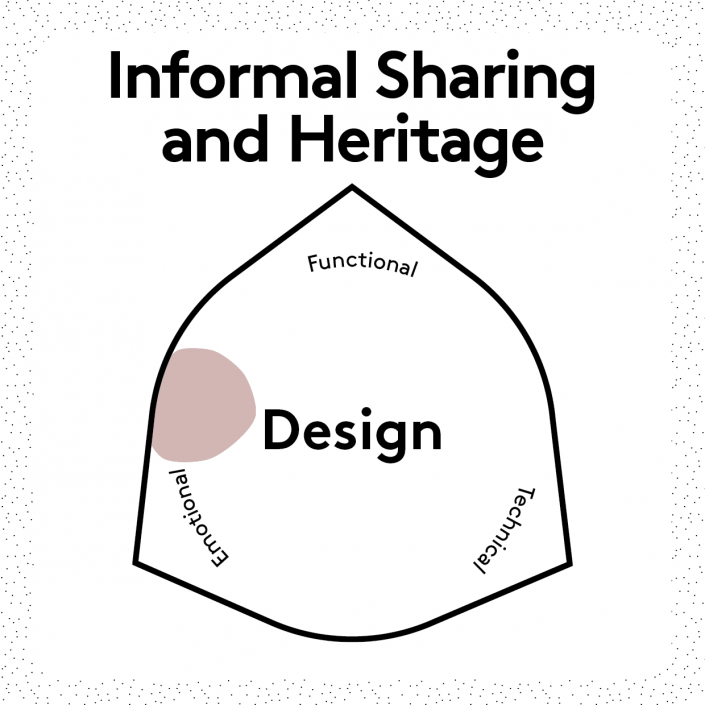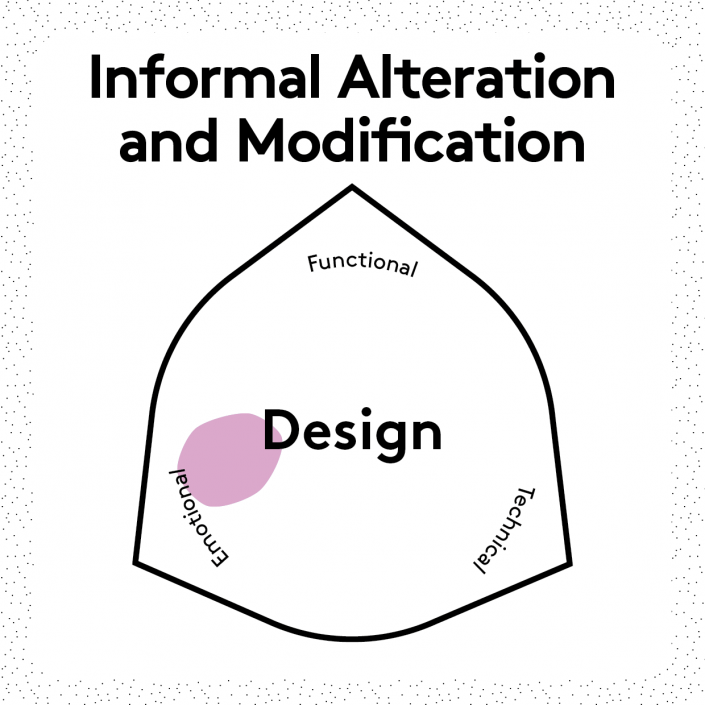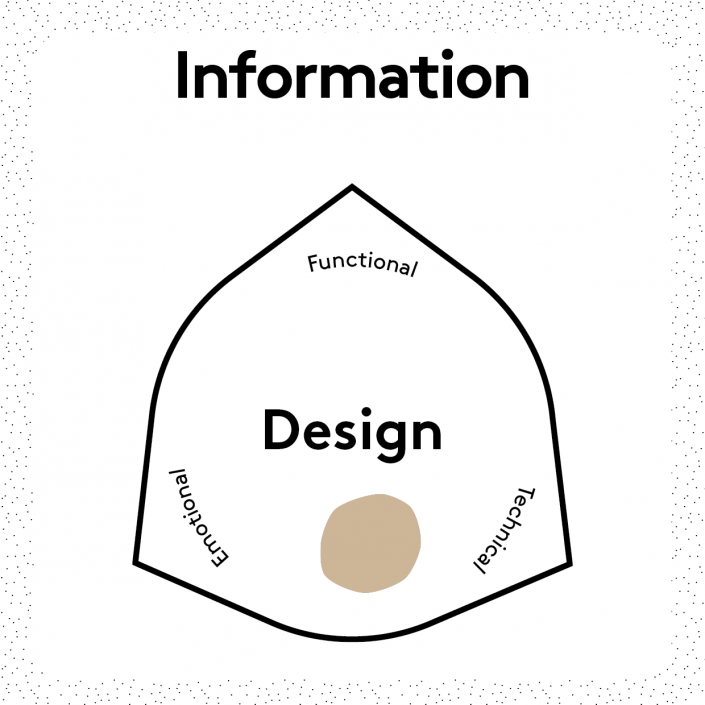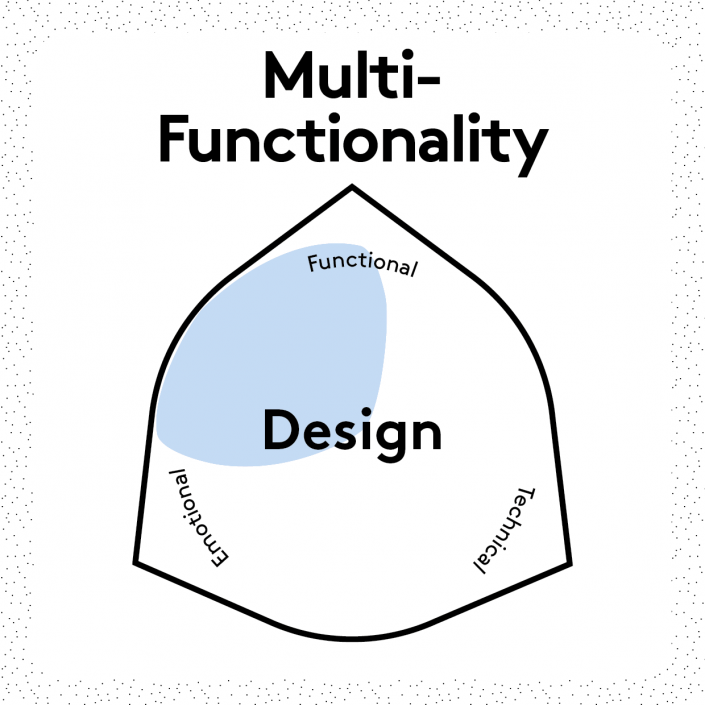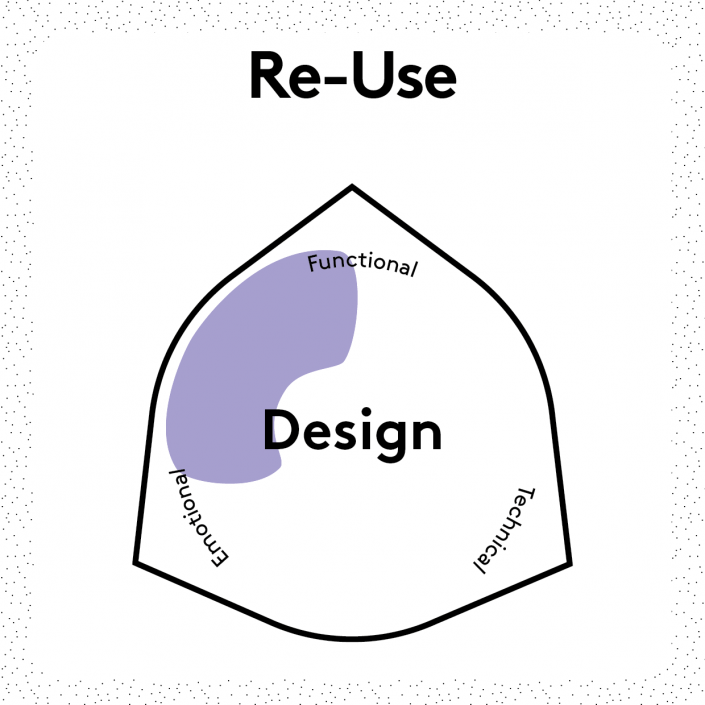What?
Conducting research about intended or potential users in order to base product/service design on concrete insights regarding, for example, their values, economic resources or practical life.
Why?
Understanding the user can prolong product lifespan through:
- Enhanced product/user match.
- Meeting diverse user needs.
Challenges
It can be a challenge to incorporate users and user understanding into design processes.
Examples
- Agencies such as Is It A Bird or Naboskab are specialized in generating deep users insights before designing solutions.
- Danish baby clothing company Vigga (now part of Circos) initially built its business model and product range thanks to in-depth user understanding and community building.
- The Nike Flyease has been specially developed for athletes of all abilities and ages making them easier to take on and off.
Further Reading
Daae & Boks (2015). A Classification of User Research Methods for Design for Sustainable Behaviour. Journal of Cleaner Production, 106, 680-689.
Møller et al. (2016). Tangible Dialogue Tools: Mediating between Non-verbal Users and Every-day Experts. Nordcode Conference, Kolding.
Wessman & Reitsma (2018). Unfolding Personal Stances on a Distant Climate Debate through Probes. PIN-C Conference, Eskilstuna.

